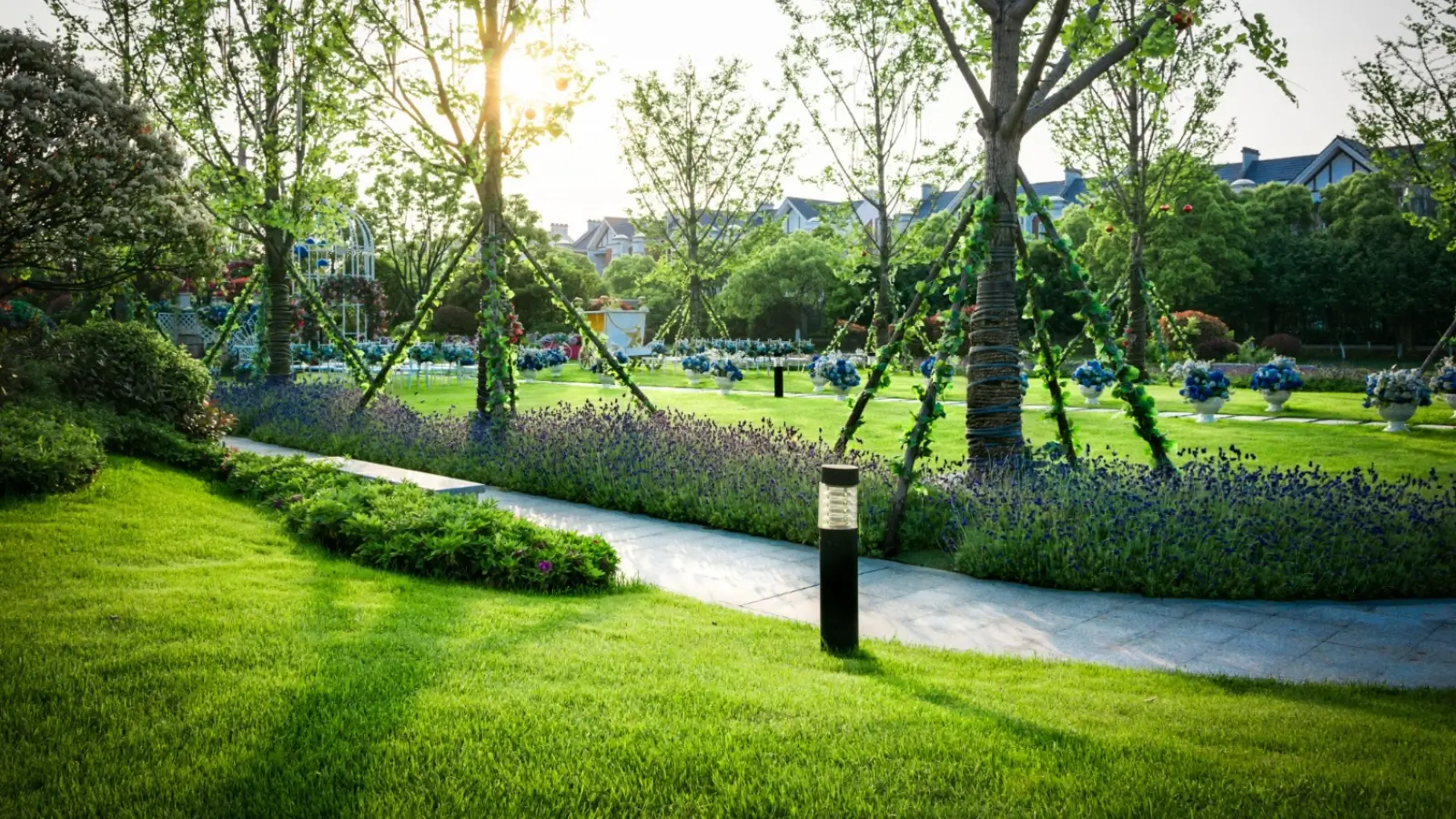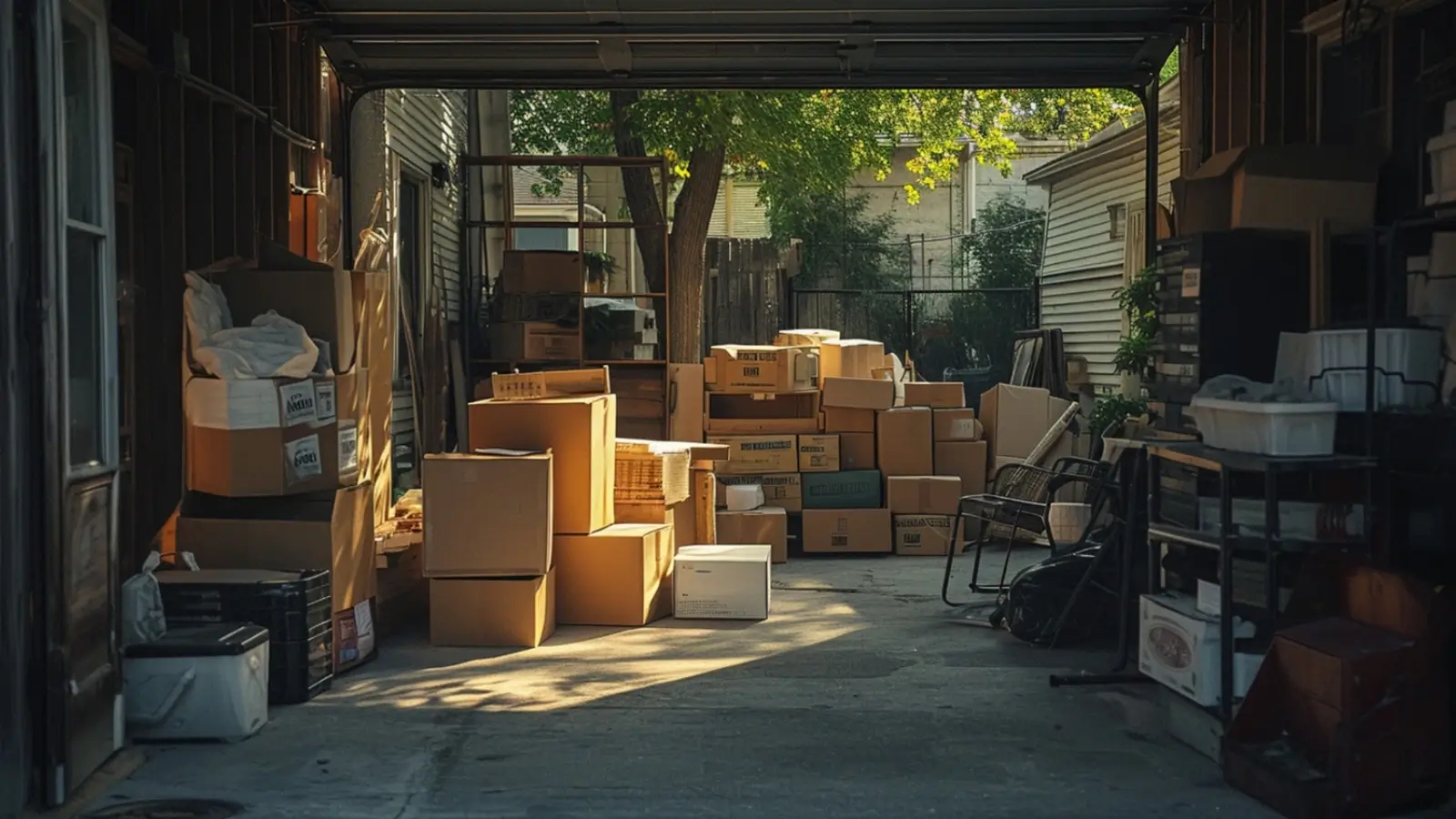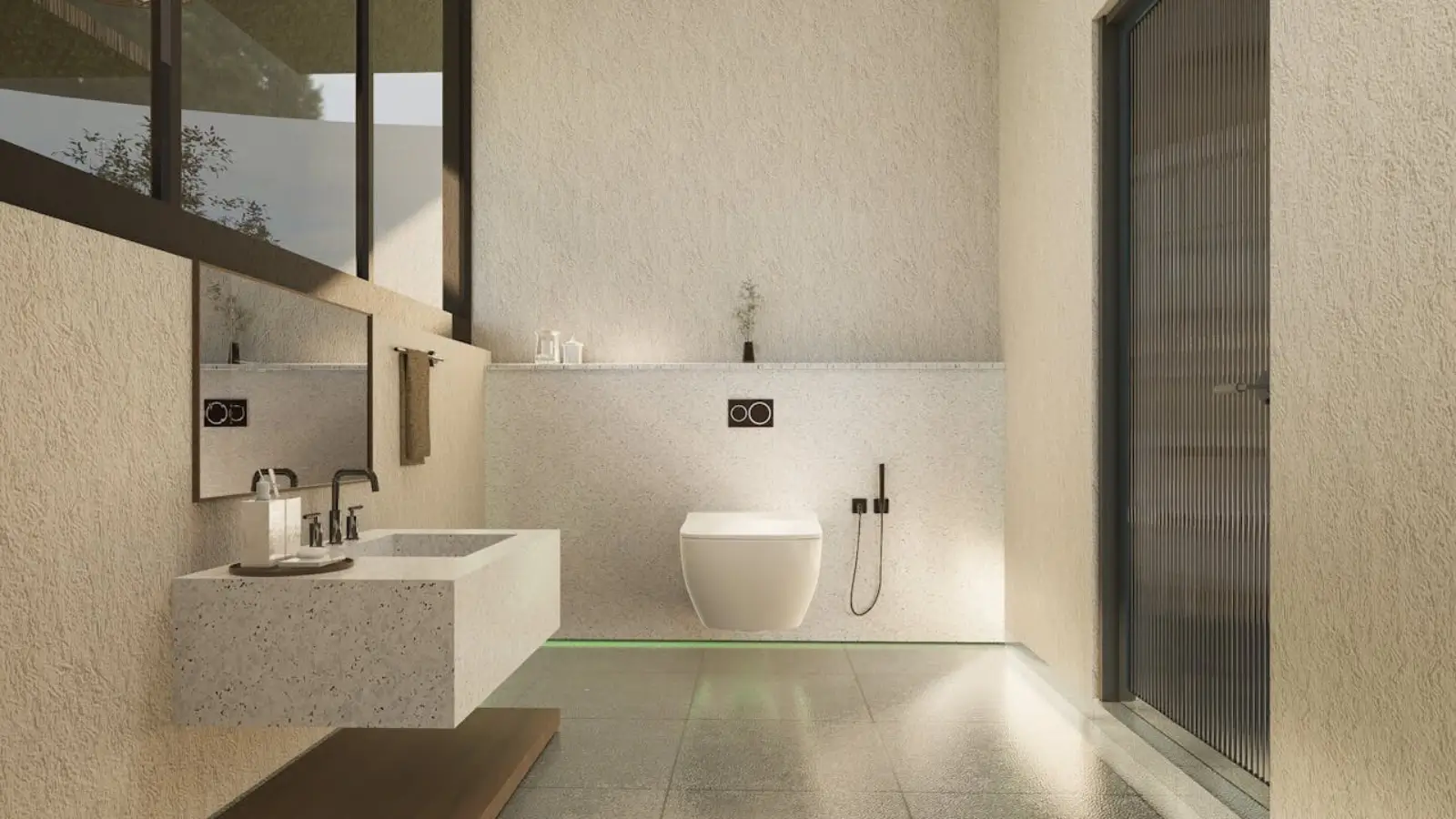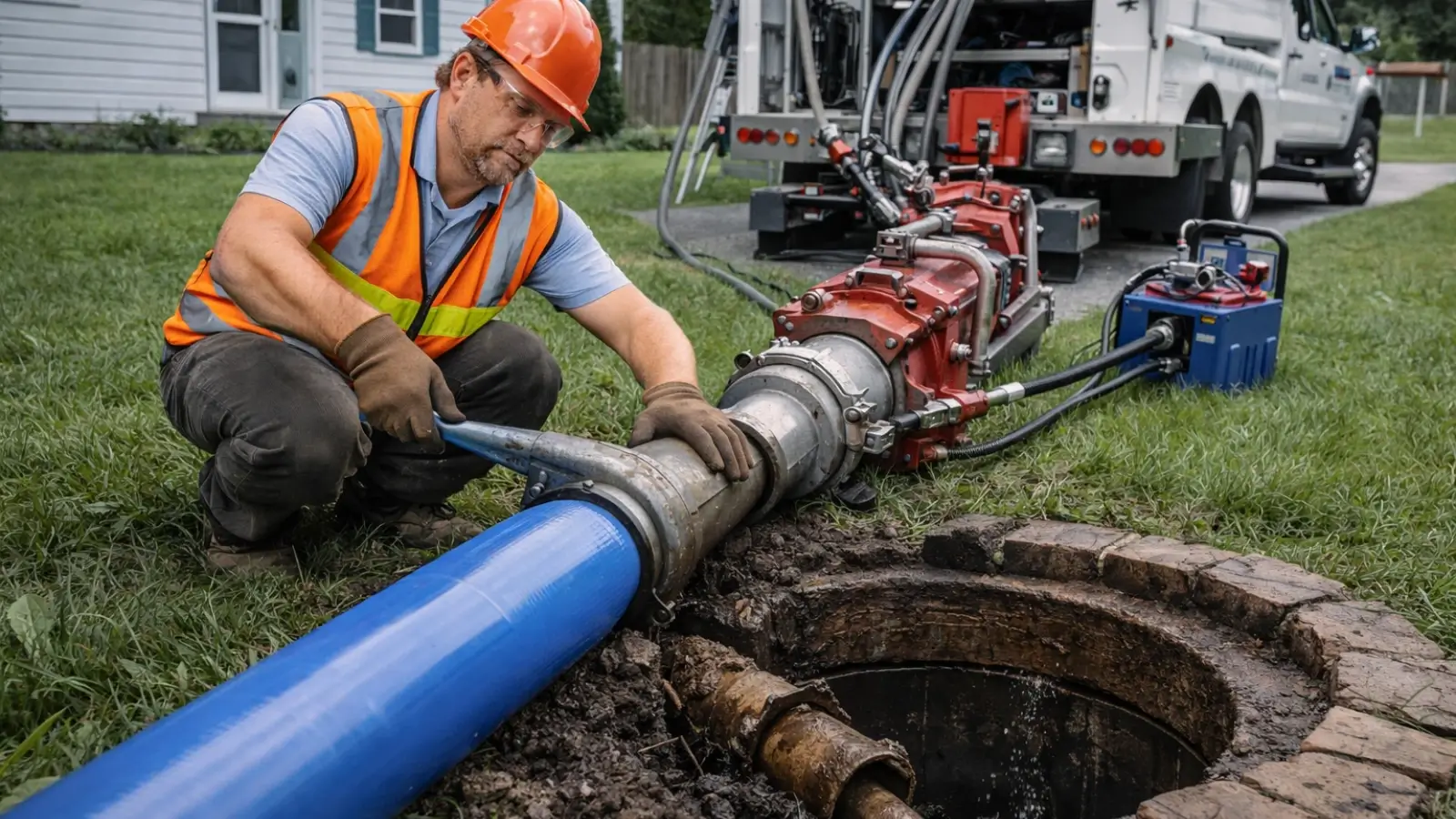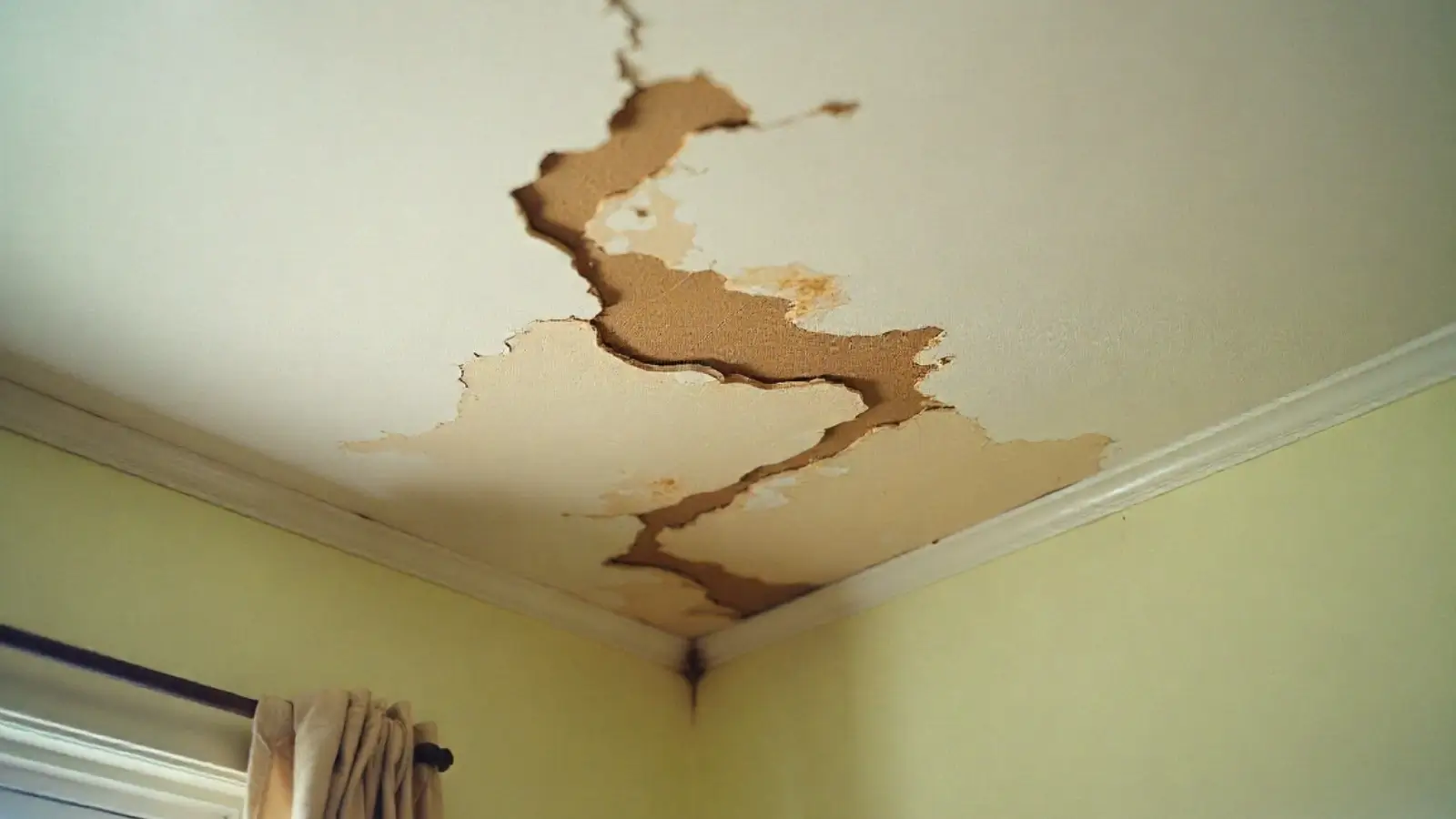Keeping a lawn neat isn’t just about mowing. Mowing handles the big stuff, but it’s the edges that really show whether a yard’s been cared for or just kind of scraped by. You know those parts where the grass meets the sidewalk or wraps around trees and flower beds? When they’re clean and sharp, the whole yard looks better. But cleaning them up can be tricky. It’s easy to go too far or use the wrong tool and end up tearing up the lawn.
Here’s how to get the edges looking crisp without making a mess—and how to do it even if you’ve never used anything more than a basic mower.
What Actually Is Edging?
Edging is just trimming the border where your grass meets something else—usually a driveway, sidewalk, path, garden bed, or fence. Over time, grass tends to creep out beyond where it’s supposed to stop. Edging keeps everything in its lane.
It’s kind of like lining up your hair after a haircut. The cut might be fine, but if the edges are sloppy, it doesn’t feel finished. Same thing with your lawn.
The problem is, edges are where most tools struggle. A mower can’t reach all the way in. A string trimmer can help, but it’s not always precise. And edging by hand takes forever.
That’s where using a real edger makes a difference. It’s made for the job. It guides along the edge and cuts straight down, giving you a clean line without damaging the grass or soil.
Why Clean Edges Make Such a Big Difference
Edges change everything because they give the lawn structure. Even if the grass isn’t perfect, neat borders make it look like it is. They add contrast between the lawn and whatever’s next to it, which makes each part stand out.
A rough or frayed edge blends into sidewalks or mulch beds, so nothing looks sharp. It ends up making the whole space feel messy, even when the lawn’s been mowed.
Also, clean edges are one of those small things people notice—even if they don’t realize it. It’s the kind of thing that makes neighbors go, “How does their yard always look better?”
Picking the Right Time and Place to Edge
The best time to edge is right after mowing. That way you can see exactly where the edges are and trim anything the mower missed. Don’t do it when the ground is super wet or soggy though. Wet soil makes it easy to cut too deep or accidentally rip up chunks.
Also, don’t edge too often. Once every couple of weeks is usually enough, depending on how fast the grass grows. Over-edging can wear down the borders and leave weird bare spots.
As for where to edge, start with:
- Where grass meets concrete (sidewalks, driveways, patios)
- Around garden beds
- Around trees (especially ones with mulch rings)
- Along fences or walls
These are the areas that usually get out of shape the fastest.
How to Edge Without Damaging the Lawn
Now for the part that actually matters—doing the job without ruining the grass.
1. Start with a Guide Line
If it’s your first time edging, lay out a string or even use the edge of a board to guide your path. This helps keep your line straight so you don’t accidentally veer into the grass or flower beds.
2. Keep the Tool Vertical
A big mistake people make is holding the edger or trimmer at an angle. That slices under the grass and messes with the roots. Keep the blade or string straight up and down so it cuts between surfaces instead of under them.
3. Go Slow at First
Even if the tool seems fast, don’t rush. Moving too quickly can tear grass instead of cutting it, especially if the blades are dull or the string is worn out.
4. Don’t Cut Too Deep
You’re only trimming a thin line along the edge, not digging a trench. A quarter-inch to a half-inch deep is usually enough. Any deeper and you start exposing roots and dirt, which invites weeds.
5. Clean Up Afterwards
Grass clippings and dirt will probably scatter around. A quick pass with a broom or blower helps keep the area looking finished. Don’t leave clumps behind—they can block sunlight or create dead patches if they sit too long.
Manual vs. Powered Edgers
There are two main types of edgers—manual ones and powered ones.
Manual edgers are kind of like half-moon shovels. You push them down with your foot and cut the line by hand. They’re fine for small areas but take more time and effort.
Powered edgers, whether electric or gas, do the work faster and more evenly. They usually come with wheels to guide them and adjustable depth settings. Some string trimmers even convert into edgers, but they’re not always as precise.
For most average yards, a lightweight electric or battery-powered edger is the easiest choice. They’re quiet, easy to store, and way better for first-time users than heavy-duty machines.
How to Keep the Edges Looking Good
Once you’ve cleaned up the borders, the trick is keeping them neat without having to redo them all the time. Here’s what helps:
- Mow consistently. Keeping the grass at the same height stops it from spilling over the edges as fast.
- Water the right amount. Overwatering makes grass grow wild and quickly push past borders.
- Add mulch or edging material. In garden beds or around trees, using mulch or edge strips makes it harder for grass to cross over.
- Stick to a schedule. A little bit every other week takes way less time than fixing a huge mess once a season.
Key Takeaways and What to Try Next
Edging a lawn might seem small, but it’s one of the easiest ways to make the whole yard look better fast. It’s not about being super fancy—it’s just about being clean and consistent.
Use the right tool, take your time, and don’t dig too deep. Start with the most visible edges, like sidewalks and driveways. Once you see how much better the lawn looks with neat borders, it kind of becomes part of the routine.
Have a yard to take care of? Give edging a try and see the difference it makes. Clean lines, sharp borders, and fewer weeds—it’s a small move that goes a long way.

